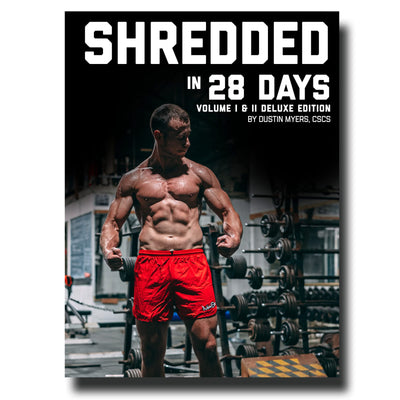Burst Training for Power Endurance

Burst Training
Pairing HIIT with Max Effort loads to build power endurance
I have always used sled work - pushing, pulling, dragging, rowing - to train my athletes. I believe that a prowler or sled is the best tool to build functional strength and endurance, particularly in combat athletes such as wrestlers. One of the issues I was faced with was how to make sled more of a power modality rather than just building strength or increasing muscle endurance. The other factor I am interested in is how do we increase an athletes “power endurance” - the ability to explode powerfully over and over again during the span of a match with out losing a significant amount of their power? When you want to develop a fast, powerful sprint you would work with short intervals. Likewise, when you want to build power on compound lifts, you would focus on moving the bar very fast with heavy loads for low reps. Rather than push or pull a sled for 100+ feet, why not push a very heavy sled (one that you must give max effort just to budge) for short distances? While consulting with OSU Football Strength Coach Micky Marotti, we came up with the idea of pairing that concept with a high intensity interval protocol that I have labeled Burst Training.
Burst Training is a sprint interval utilized on functional movements - typically sled pushing, pulling or dragging - to build power endurance. While typical sled work is great to build strength and endurance, performing the movements with very heavy loads will improve an athletes ability to explode and scramble at a high level multiple times with in a match without becoming overly fatigued. The key is using heavy weight that is very difficult for them and that they must truly give max effort 5 seconds at a time. Rest between bursts should be 3 x the sprint (1:3 ratio), so the standard protocol is a 5 second burst followed by 15 seconds of rest. The goal is to explode and fight an absolute all out effort for 5 seconds, then recover just enough to do it again. I will typically line sleds up with a distance of anywhere from 50-100ft to cover. The load should be heavy enough that it takes 3-4 burst sets to complete the required distance. On a turf field wearing spikes, I have used as heavy as 1000lbs on a prowler, and Olympic Champion Kyle Snyder has used over 1400lbs.
Another advanced method for applying burst training is to contrast the heavy intervals with a similar, unloaded movement. For example, if we are using a prowler with an astronomical amount of weight, once 3 burst sets (5 seconds on, 15 seconds off) are complete, the athlete will immediately sprint an unloaded or very light prowler for an equal distance. Like wise, if we are using a long rope to do burst style “tug of war” with a heavy sled, once 3-4 bursts are complete the athlete will immediately complete a rope climb or a set of pull ups.
Implement this style of training into your regimen, and you will feel an increase in your overall power, and have the ability to return to the well when needed. Having a good burst is important - and the key is not loosing it during practice or competition.
Check out the WRESTLING SLED




Leave a comment